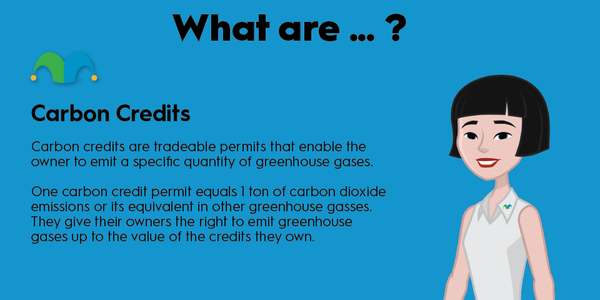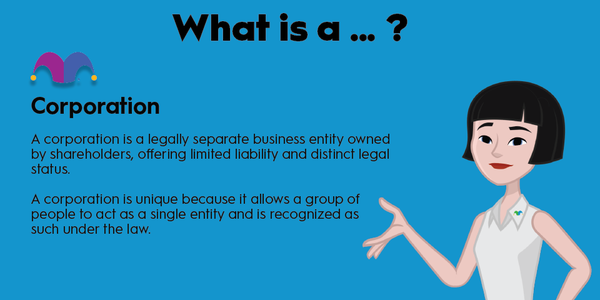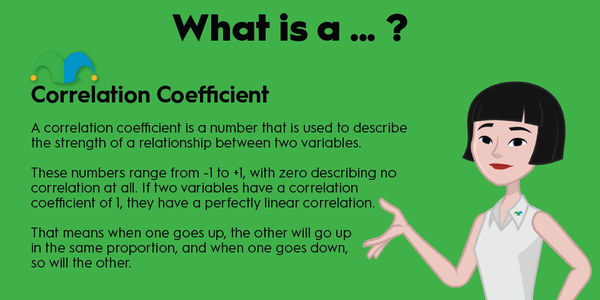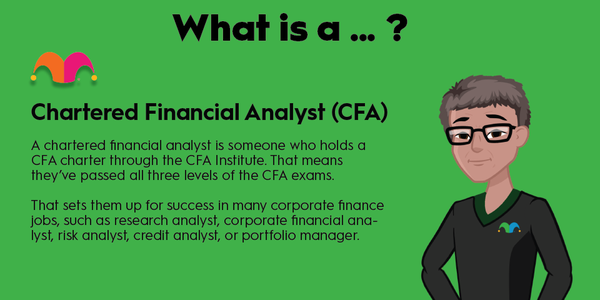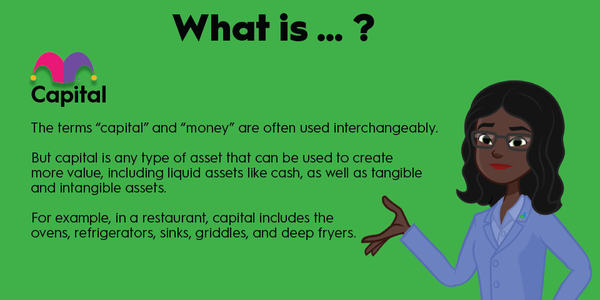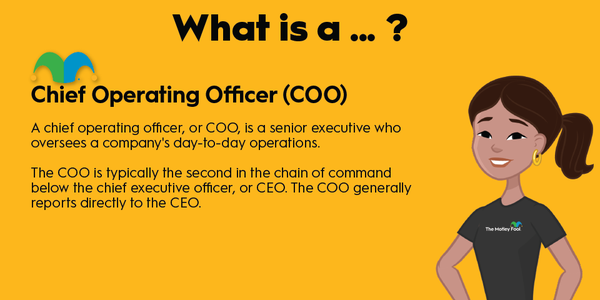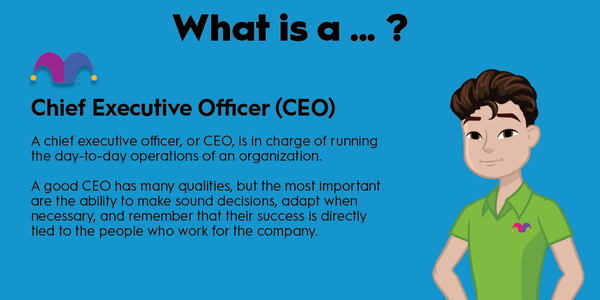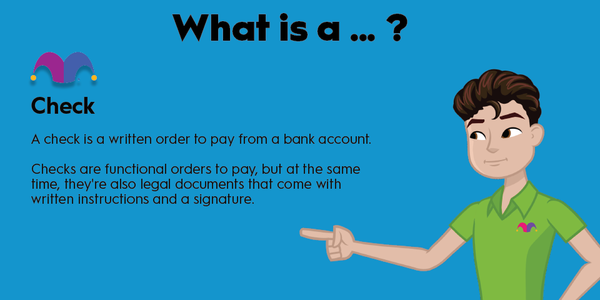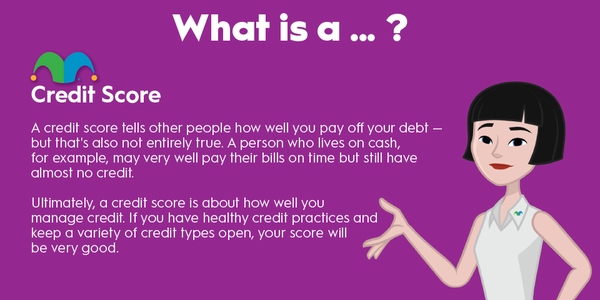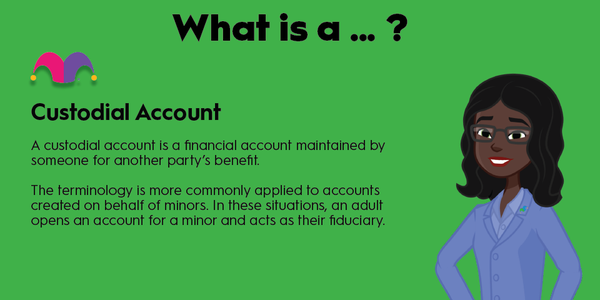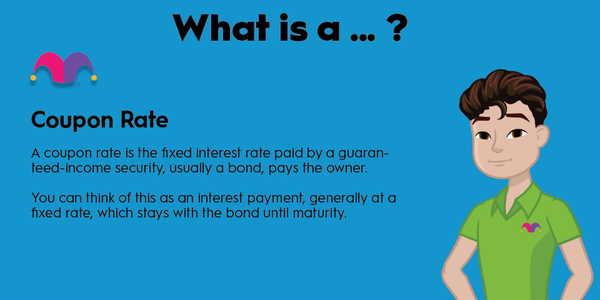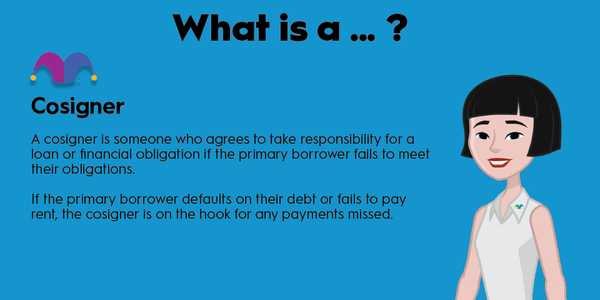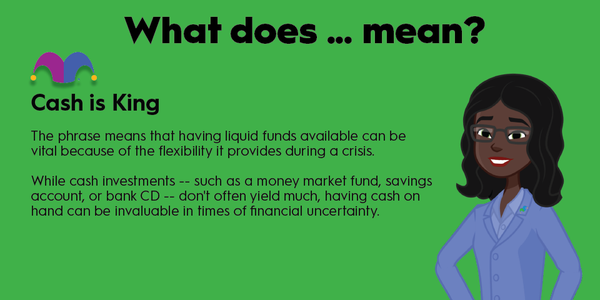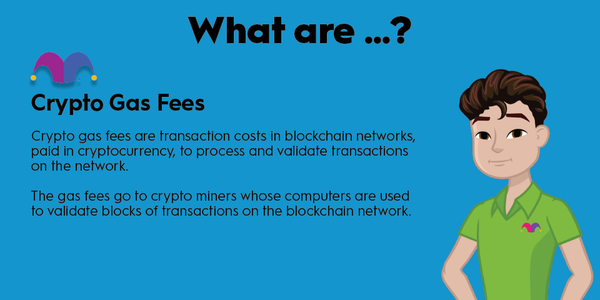A constructive eviction occurs when a property becomes uninhabitable. It can occur when a landlord’s actions impact a tenant's quiet enjoyment of the property or if the landlord fails to address a major issue. Constructive eviction laws give a tenant the right to break their lease before the term ends if the property is no longer habitable and the landlord won't resolve the situation.
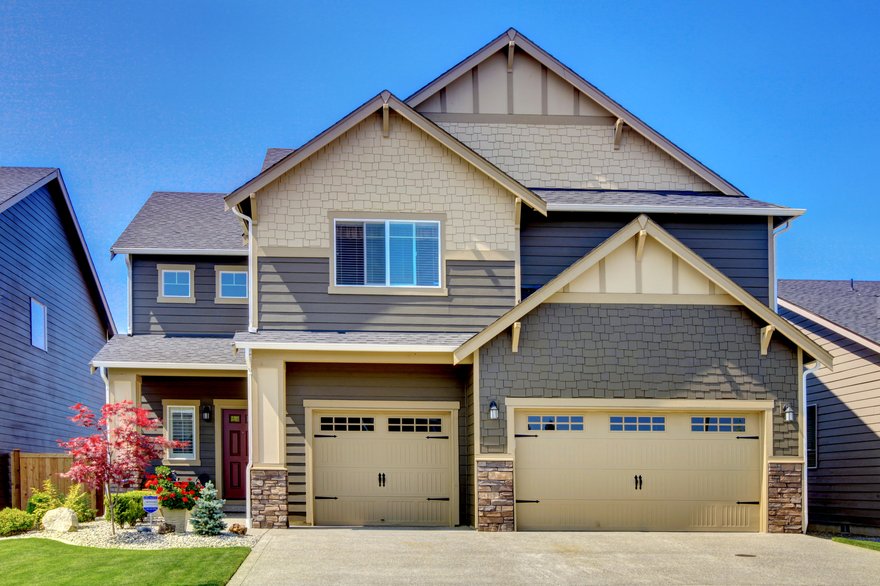
Here's a closer look at constructive evictions and what tenants and landlords can do to avoid this situation.
Understanding constructive eviction
The purpose of constructive eviction laws is to force real estate investors and landlords to comply with housing regulations, including a tenant's ability to peacefully live in the property they're leasing. A constructive eviction must meet three conditions to legally allow a tenant to terminate their lease and potentially seek damages. They include:
- The landlord must substantially interfere with a tenant's ability to use a rental property to the point where it's no longer habitable. This interference can include actions, e.g., removing access to a previously available amenity, or inactions, e.g., not fixing a known issue with the property.
- The landlord fails to respond to or resolve an issue reported by the tenant.
- The tenant leaves the property within a reasonable amount of time after the landlord failed to resolve the reported issue.
Tenants have the right to quiet enjoyment of their homes. Because of that, the landlord can't do things that interfere with a tenant's reasonable use of a property. Similarly, they must act to resolve an issue impacting a tenant's living situation within a reasonable amount of time.
Here's an example of a constructive eviction: A tenant reports to the landlord that they have no hot water. The landlord responds that they'll take care of it. A day goes by, and the landlord hasn't gotten the hot water fixed, so the tenant checks in with the landlord to see when they will get it fixed, but the tenant doesn't get a response. The tenant continues following up for several more days without an answer. Because the property is uninhabitable without hot water, the tenant moves out. They wouldn't have to pay any more rent or fees to break their lease and could seek damages from the landlord.
Process of constructive eviction
The constructive eviction process has three parts:
- An issue occurs that substantially interferes with a tenant's quiet enjoyment of a property they leased so that it becomes an unlivable situation. This interference can be an action the landlord takes, such as threatening the tenant, repeatedly entering the premises without giving notice, or withholding previously allowed amenities. It can also include not addressing a situation, such as a pest control problem or a maintenance issue.
- The tenant reports the issue to their landlord, which they must address as soon as possible.
- If the landlord fails to resolve an issue, the tenant can vacate the property, provided that a reasonable amount of time has passed since they reported the problem.
What should tenants do?
Tenants have the right to live in their property peacefully. However, if the landlord does something that significantly affects a tenant's use of the property or doesn't address a necessary repair, a tenant can take steps to remedy the problem. These include:
- Contact the landlord and explain the situation impacting the ability to enjoy the property.
- Follow up with the landlord in writing -- by text, email, or letter -- to see when they anticipate resolving the issue.
- Give the landlord a written deadline to comply with the request.
- Ask for outside help resolving the issue from the health department, building inspector, or lawyer.
- Vacate the property within a reasonable time frame if the landlord fails to resolve the situation.
- Send a letter to the landlord saying you've moved out because the unit was no longer livable. Explain that you informed the landlord and gave them ample time to address the problem. Note that because you have a valid constructive eviction claim, you don't believe you owe any more rent or lease break fees.
What should landlords do?
Real estate investors can't interfere with tenants' ability to quietly enjoy the property they've leased. Because of that, when a tenant comes to their landlord with a significant issue, they should work to address the situation as quickly as possible. To avoid a constructive eviction, a landlord should:
- Quickly respond to a tenant's request when there is an issue with the rental unit.
- Keep the tenant informed of the progress in addressing the situation.
- Push contractors to fix the issue quickly or find a new contractor if the first one fails to address the problem.
- Work with the tenant if it takes longer than expected to address a situation, including reducing rent while the problem is ongoing.
- If the problem isn't fixable in a reasonable amount of time, let the tenant out of their lease.
Related investing topics
The bottom line on constructive evictions
While investors want to maximize their income from commercial real estate investment, they can't put off a repair to save money. That would interfere with a tenant's ability to live in the property. Constructive eviction laws protect tenants when landlords don't address an issue that makes a property uninhabitable. It allows them to terminate the lease without penalty when a landlord fails to act.

